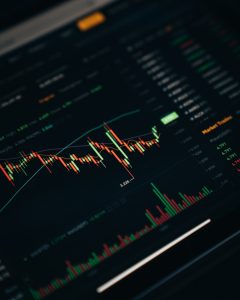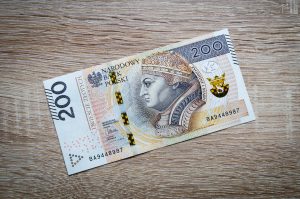Forex trading is a complex and dynamic market, where traders use various tools and strategies to make informed decisions about buying and selling currencies. One of the most crucial aspects of forex trading is understanding signals, which are indicators or patterns that suggest potential changes in the market.
In simple terms, forex signals are recommendations or alerts that suggest how traders should buy or sell currencies. These signals are generated by various tools, software, or human analysts who use technical or fundamental analysis to predict market movements. Traders use these signals to make informed decisions about when to enter or exit trades, based on their trading strategies and risk tolerance.
Types of Forex Signals
Forex signals can be broadly classified into two categories: technical and fundamental analysis.
1. Technical Analysis Signals
Technical analysis uses charts and indicators to identify patterns and trends in the market. Some of the most commonly used technical indicators include moving averages, oscillators, and momentum indicators. Technical analysis signals are based on the assumption that history tends to repeat itself, and traders can predict future price movements by analyzing past market data.
Technical analysis signals are generated by automated trading systems or human analysts. These signals can be based on various indicators or patterns, such as support and resistance levels, trendlines, moving averages crossovers, and chart patterns like head and shoulders or double tops/bottoms.
2. Fundamental Analysis Signals
Fundamental analysis looks at the economic and political factors that affect currency prices. These factors include interest rates, inflation, GDP, central bank policies, and geopolitical events. Fundamental analysts use this information to predict how the market will react to economic news.
Fundamental analysis signals are generated by human analysts who closely monitor economic news releases and events. These signals can be based on factors such as central bank policy changes, economic data releases, and geopolitical events like elections or wars.
How to Use Forex Signals
Forex signals are an essential tool for traders who want to maximize their profits and minimize their risks. However, it’s crucial to note that forex signals are not a guarantee of success, and traders should use them as part of their overall trading strategy.
Here are some tips on how to use forex signals effectively:
1. Choose a reliable signal provider: There are many signal providers in the market, but not all of them are trustworthy. Before subscribing to a signal service, do your research, read reviews, and check the provider’s track record.
2. Understand the signals: It’s crucial to understand how the signals are generated and what they mean. If you don’t understand the signals, you won’t be able to use them effectively.
3. Use a demo account: Before using signals on a live account, test them on a demo account. This will give you a chance to see how the signals work in real-time without risking your money.
4. Use signals in conjunction with other tools: Forex signals should be used as part of a broader trading strategy. Use them in conjunction with other tools like technical analysis, fundamental analysis, and risk management.
Conclusion
Forex signals are an essential tool for traders who want to make informed decisions about buying and selling currencies. These signals are generated by various tools and analysts who use technical or fundamental analysis to predict market movements. Traders use these signals to make informed decisions about when to enter or exit trades, based on their trading strategies and risk tolerance. However, it’s crucial to remember that forex signals are not a guarantee of success and should be used as part of a comprehensive trading strategy.





